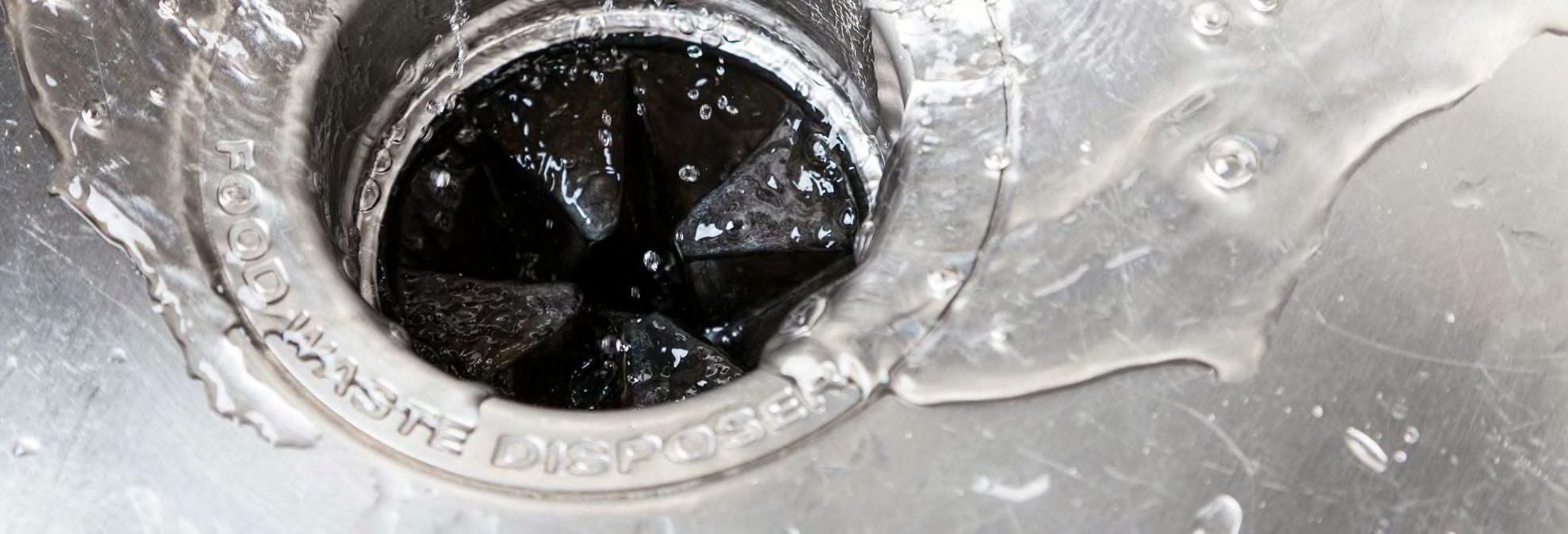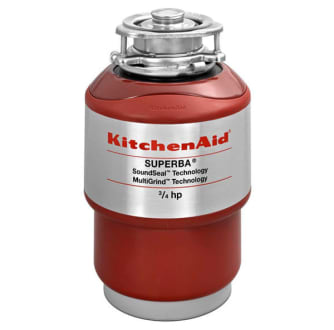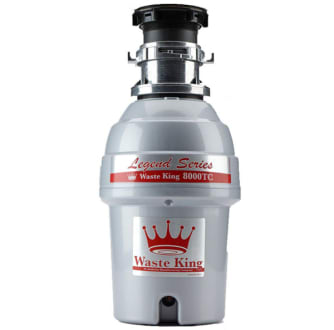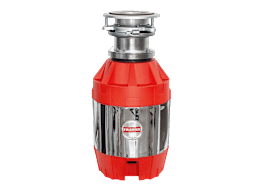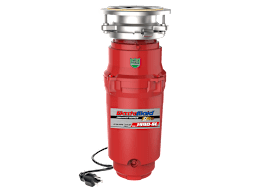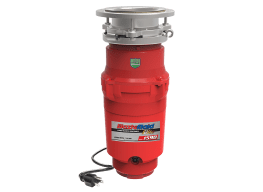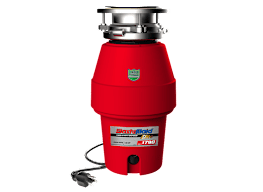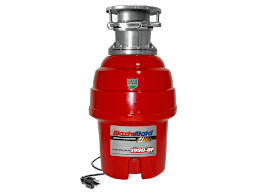Did you know your trashed dinner scraps end up in a landfill, slowly decaying into greenhouse gas? Garbage disposals solve this concern.
They do double duty, meeting the often competing demands of convenience and conservation. Disposals grind spoiled meats, corn cobs, fish bones, ice, and all those veggies kids reject, discharging them down the drain to a wastewater plant (unless you have a septic system). When food waste is processed at a wastewater plant, it’s even more eco-friendly than composting. Plus, garbage disposals immediately rid your home of waste, odors, and any critters they might attract.
According to the Environmental Protection Agency (EPA), solid waste landfills release harmful gases, composed of roughly 50 percent carbon dioxide and 50 percent methane, a potent greenhouse gas that traps heat in the atmosphere—a key contributor to climate change. In 2019, methane emissions from municipal solid waste were almost equivalent to greenhouse gas emissions from more than 21.6 million passenger vehicles driven for one year.
Garbage disposals efficiently eliminate waste and dispatch it for environmentally friendly processing. Many major U.S. wastewater plants use what’s called anaerobic digestion to turn the gas generated from food waste into biofuel. The remaining solids are turned into fertilizer for farms. So if you’re considering installing or replacing a disposal but are concerned about the environmental impact, find out how your local sewage treatment plant processes the town’s wastewater.
A February 2020 nationally representative CR survey of 1,000 U.S. adults shows that just over half of Americans live in homes with a garbage disposal, and of those who do have one, more than 60 percent said their disposal was already installed when they moved in. According to the Association of Home Appliance Manufacturers, these appliances last about 11 years, so if yours came with the place, depending on how long you’ve lived there, it could soon be time to look for a new one.
Your disposal might be kaput if you notice it leaking, taking longer to grind, making louder-than-usual noises, or requiring a reset often. (The reset button is like a circuit breaker that needs to be reset after the disposal shuts off, typically because of a strain on the motor.) In fact, before you call the plumber—or throw down hundreds of dollars on a new grinder—simply reset the disposal by pressing the small (usually red) button on the bottom or lower backside of the unit. If this doesn’t work, check the circuit breaker or fuse to make sure it is not tripped. If that doesn’t work? It may be time to go shopping.
Here, we’ll cover everything you need to know about buying a garbage disposal, whether you’re looking to replace the one you have or you’re starting from scratch. Our ratings of 30-plus lab-tested disposals will make the process even more seamless and help you make the best choice, depending on your situation and particular needs.
















